Kia celebrates European premiere of e-Niro
Kia has now officially presented the European version of their fully electric Niro in Paris. The market launch will begin in “select European markets” this year.
The European version of the Niro will be available in two battery variants. The technical specifications had been made public shortly before the Paris Motor Show, with a range up to 485 normal range according to WLTP standards with a 64 kWh battery and 150 kW motor capacity. The basic model with 100 kW and a 39.2 kWh battery has a combined range of 312 km. The more powerful version has an acceleration rate from 0 to 100 km/h in 7.8 seconds, while the basic model catches up in 9.8 seconds, keeping both under the 10 second mark. Similarly to the hybrid and PHEV versions of the vehicle, the motor powers the front axle on the e-Niro. The vehicle can charge from 0 to 80% charge 54 minutes at a 100 kW fast charger.
In South Korea, the sales of the Niro EV, as it is marketed there, began in July. The hybrid version has been available since 2016 and the Plug-in hybrid was released on the market in 2017. Between the two of them they account for more than 200,000 sales so far, 65,000 of which went to Europe. The annual sales of EVs are expected to reach 200,000 across Europe this year, reaching almost a million by 2022, according to the Korean automobile manufacturers.
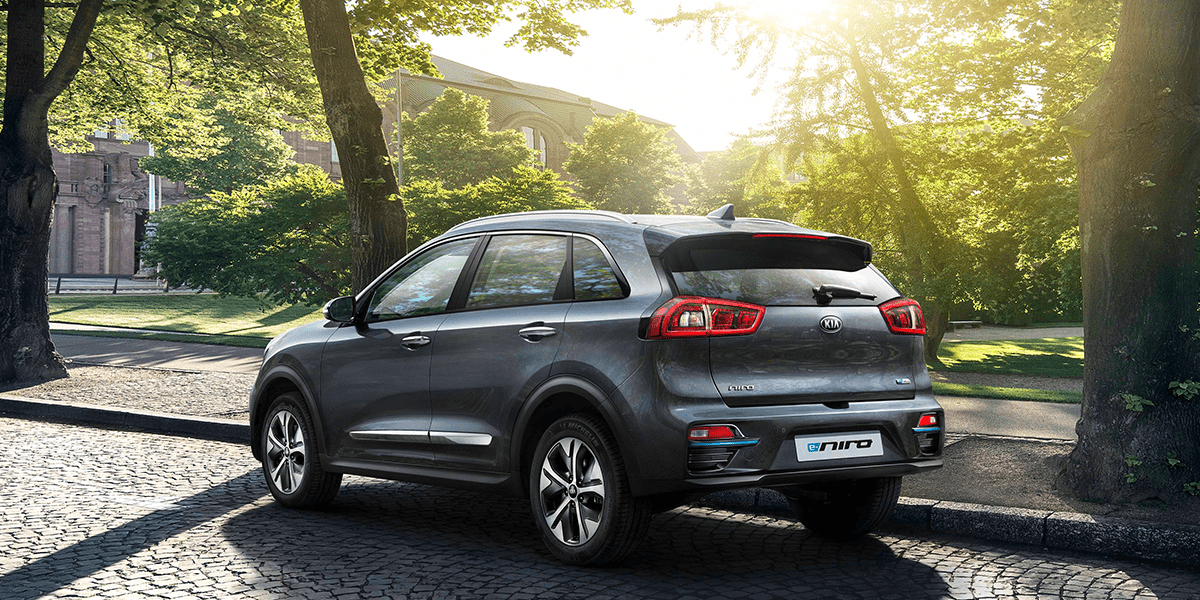
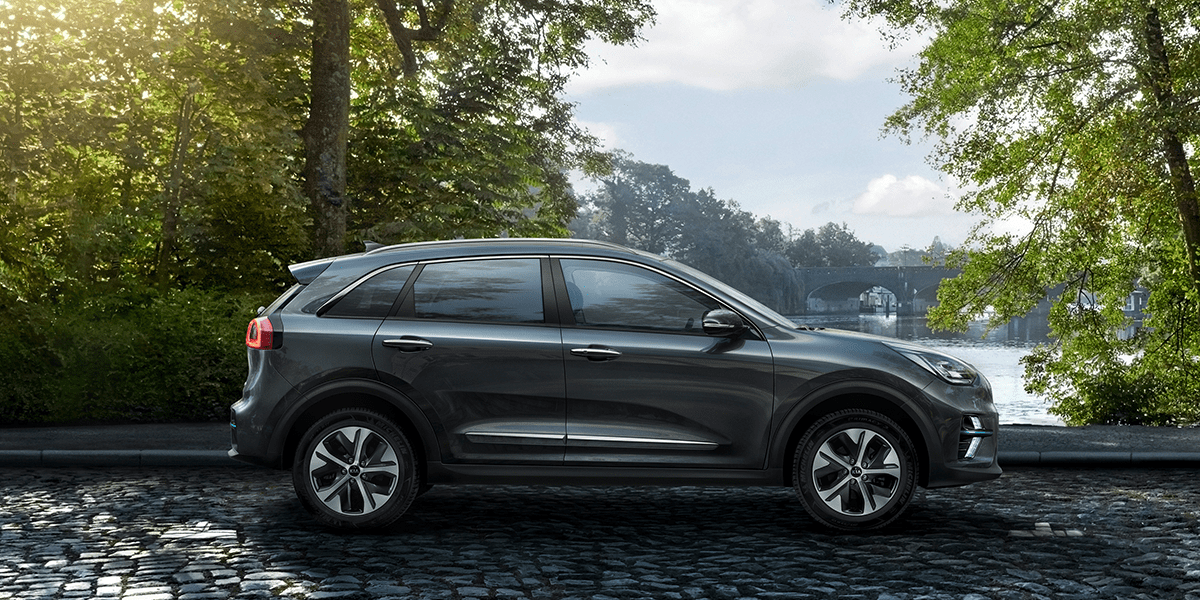
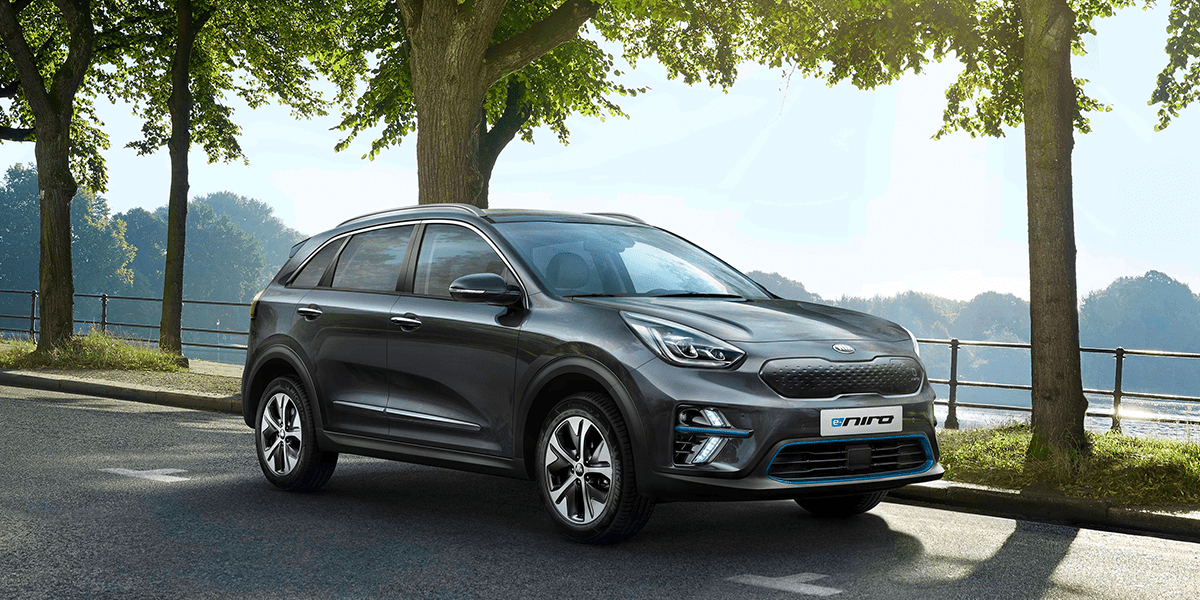
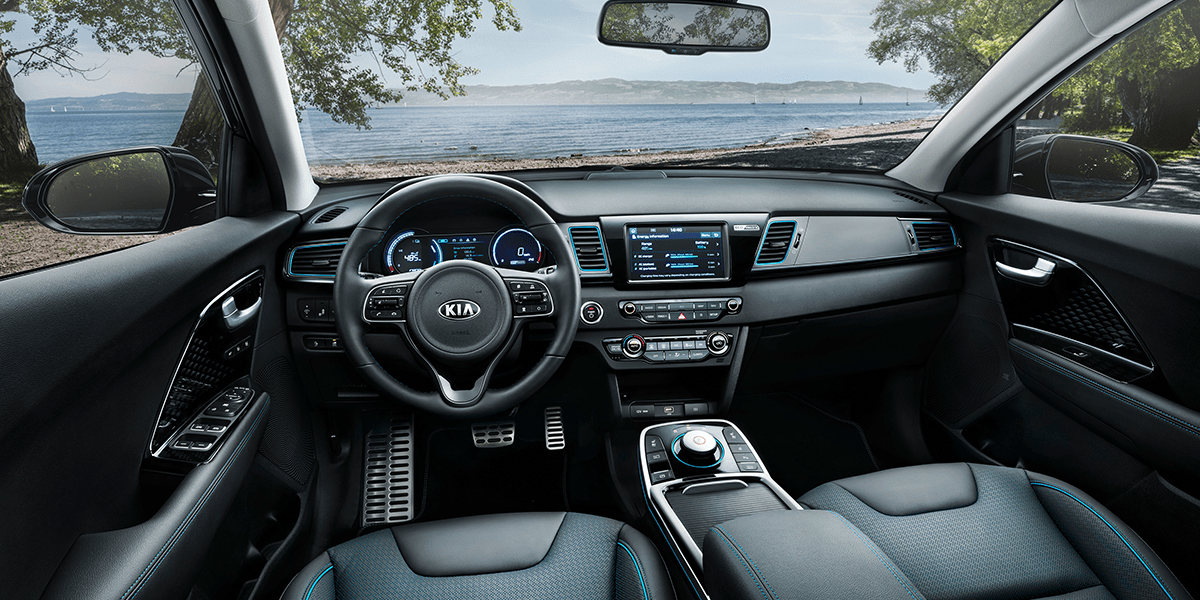
In terms of design the vehicle is different from it’s combustion counterparts with some minor changes. On the outside a series of blue highlights set it apart from the other two, while the interior is set up differently due to not needing a gear shift. It is also equipped with Level 2 autonomous driving capabilities, 17 inch aluminum rims and is available in ten different colours.
According to the statement the vehicle rollout for the BEV manufactured in the South Korean Hwasung will begin in select markets before the end of the year. Reports estimate that the UK may be included, and that the starting price before subsidies would be around 35,000 pounds (38,000 euro). Rollout in Germany is expected to follow next year.

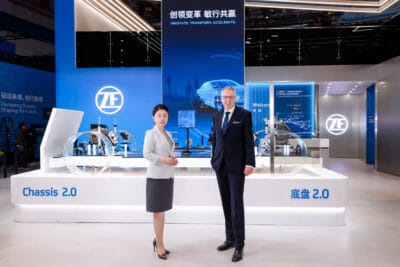
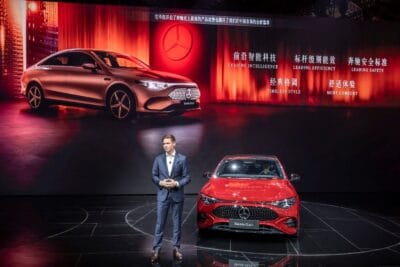
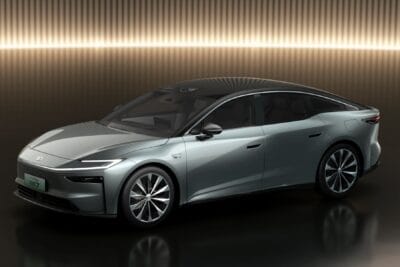
1 Comment